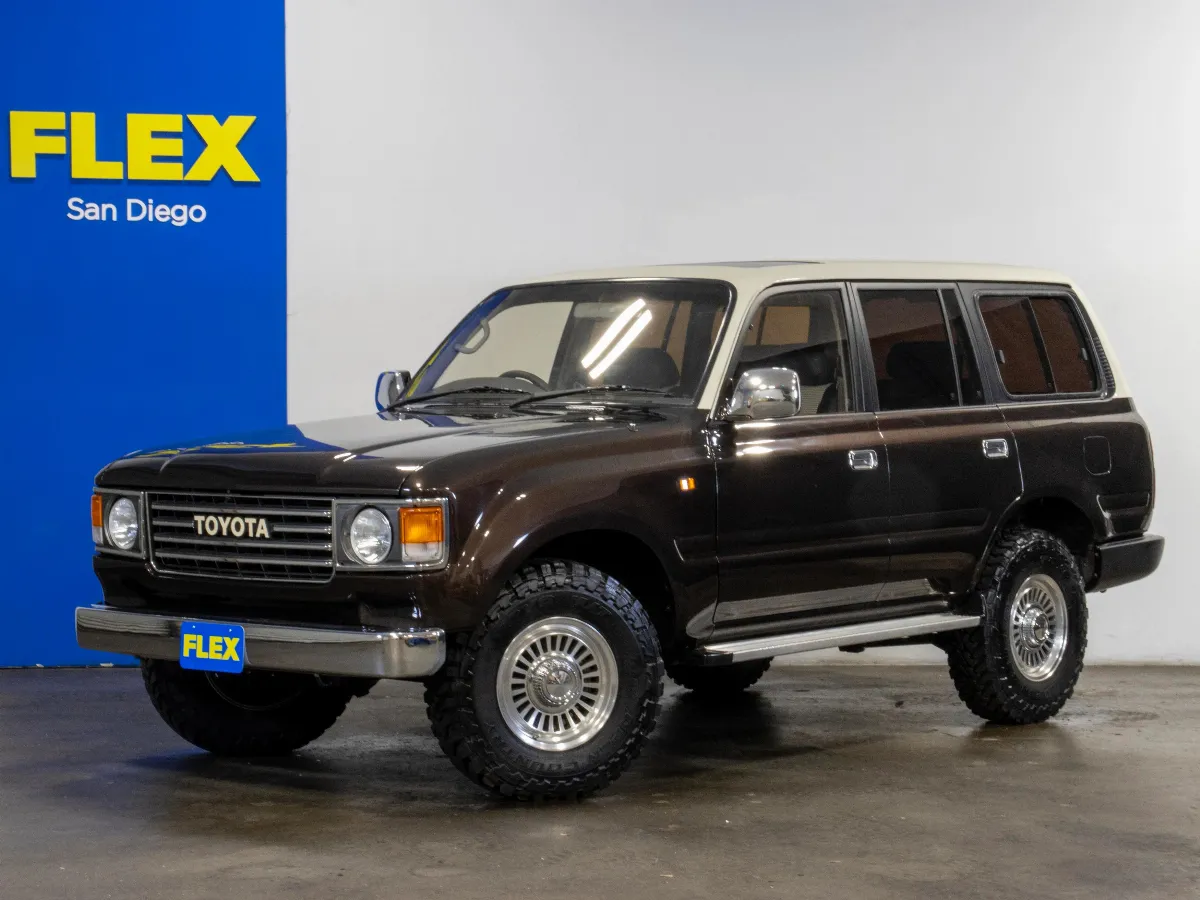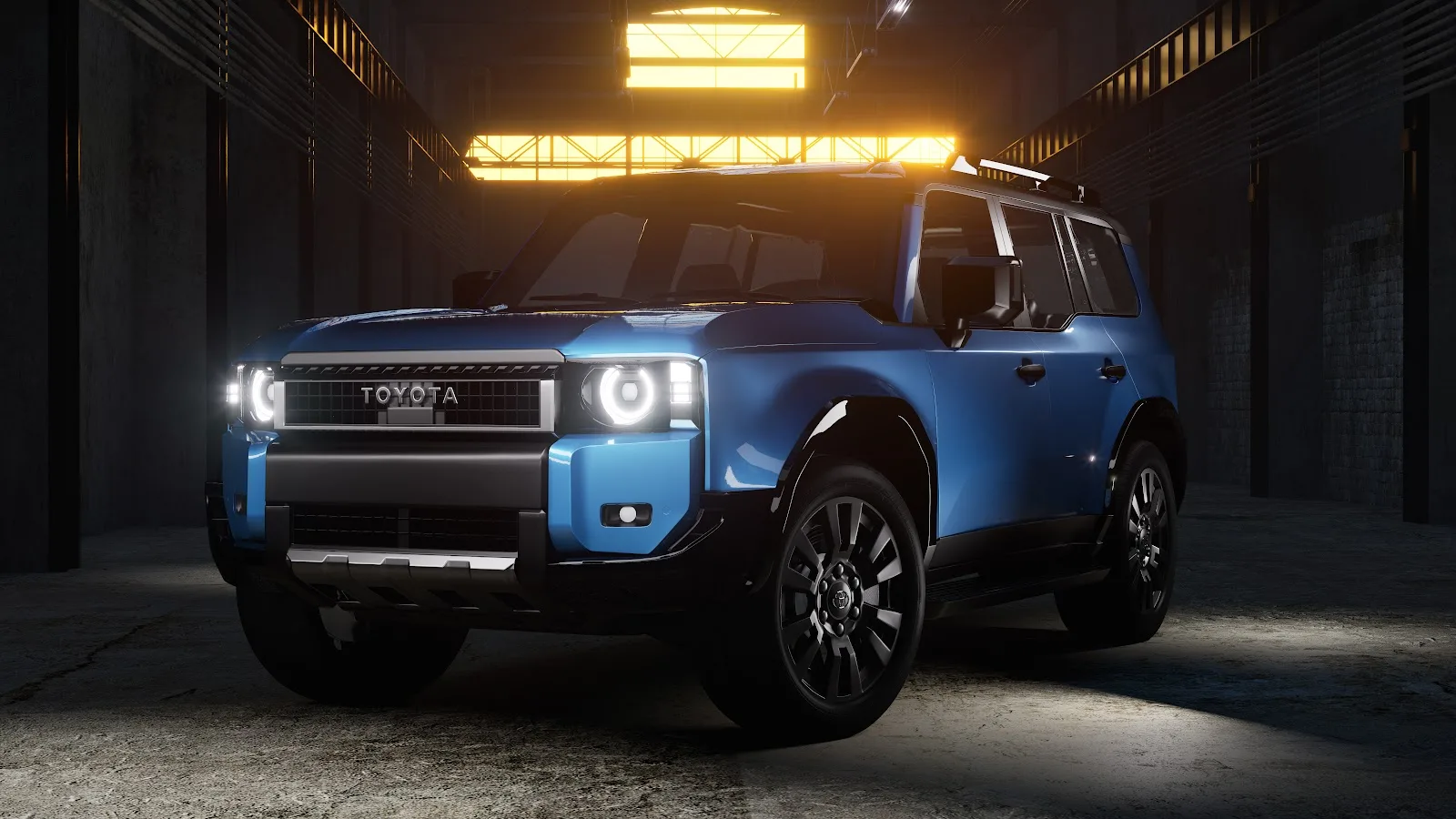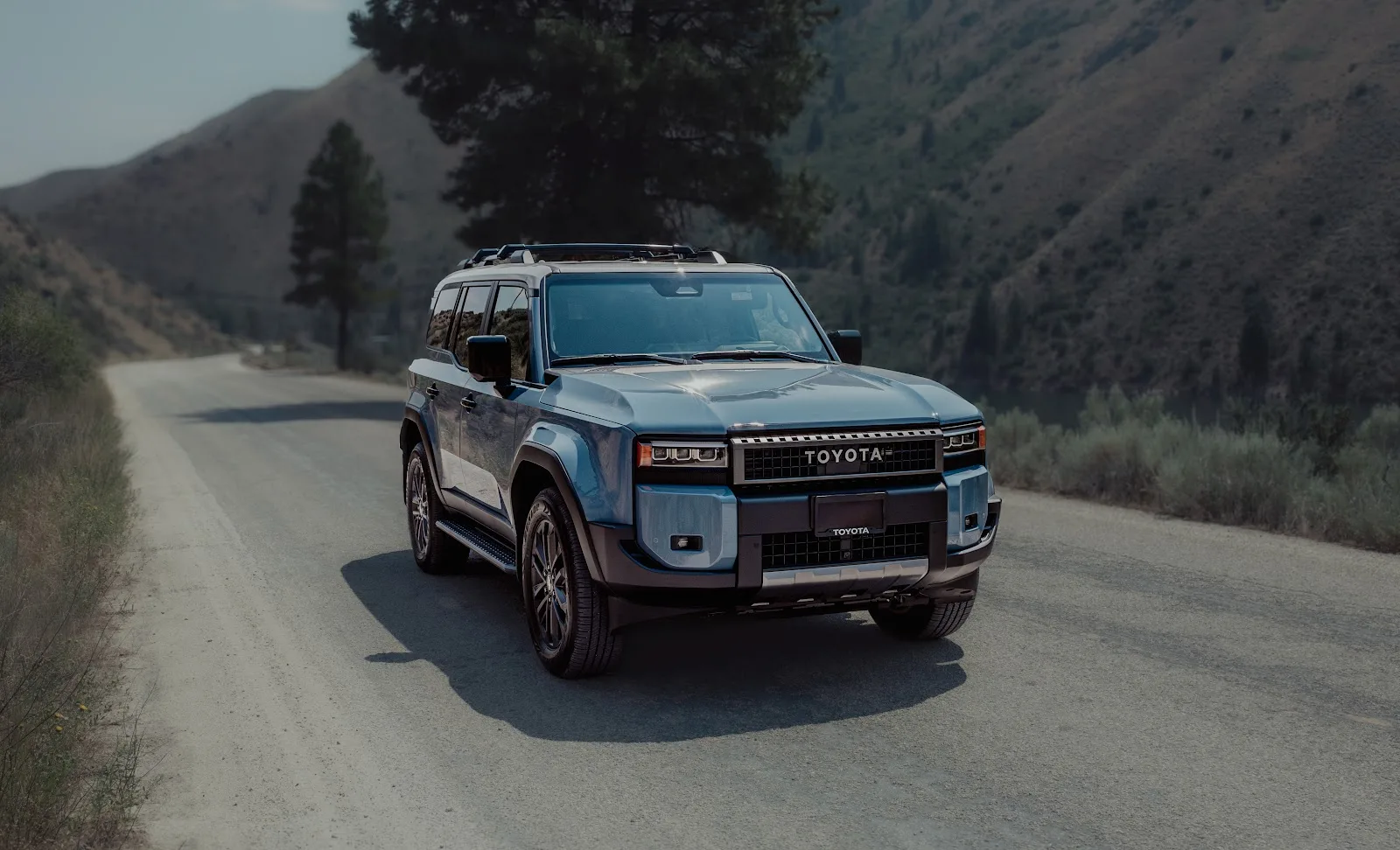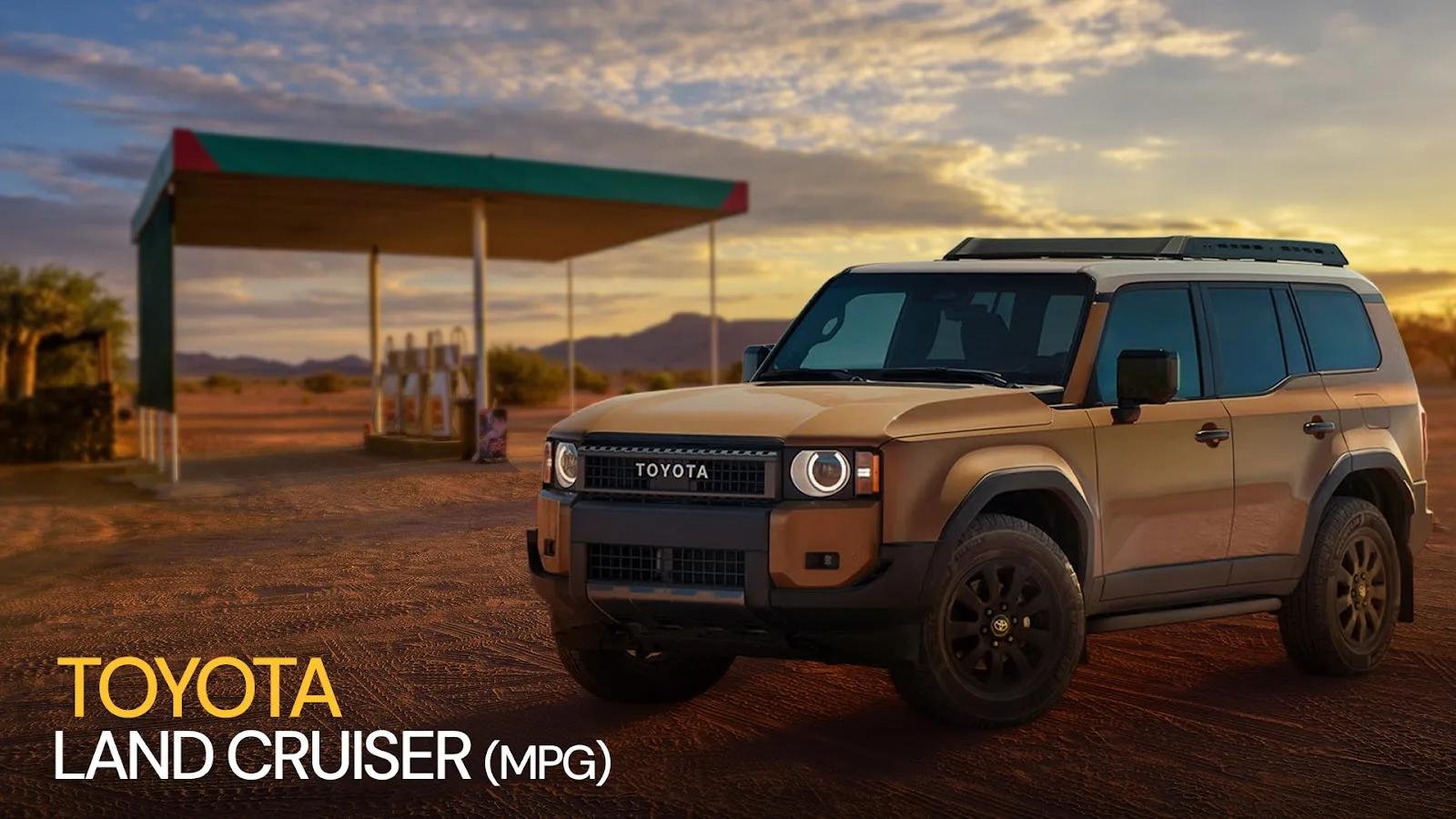Over 60 Years of Land Cruiser History
In 1954, Toyota introduced the Land Cruiser vehicle, which is the longest-running nameplate in Toyota’s domestic car history. In 1950, the National Police Reserve (formerly known as the Self-Defense Forces) and the U.S. Occupational Forces sought out a domestically produced compact four-wheel drive vehicle. Toyota joined Mitsubishi and Nissan in submitting a bid. Toyota developed the Jeep BJ prototype, which became the Land Cruiser predecessor, for the project. Even though Toyota did not get the contract, they continued to develop their prototype with other government agencies and companies in mind. In 1953, police departments accepted Toyota’s vehicle for their patrol car fleet. Toyota began mass production in 1953 and renamed the vehicle Land Cruiser, which it still carries after more than 60 years.
Toyota creates Land Cruiser models based on needs
Following the Land Cruisers introduction, Toyota developed the Land Cruiser 20 to reach the private sector market along with other government agencies and businesses. It was redesigned to look less like a Jeep than its predecessor with smoother lines and a more appealing design.
The Land Cruiser 40 Series was introduced in 1960 and was a best-seller for 27 years. The Land Cruiser 70 Series was derived from the 40 Series, which also was the basis for the Land Cruiser 55/56. The Land Cruiser’s 55/56 luxury line offered passenger safety and passenger style while delivering performance.
As the series progressed, each series has developed its own offshoots that include the Prado and the FJ Cruiser.
Toyota has been able to maintain a large selection of diverse Land Cruiser models to meet the needs of the consumers. This has affected its overall value and market standing in both the 4×4 and passenger car worlds. It has been described as simple, tough and rugged, but in fact, its flexibility allows it to change its appearance based on the consumer’s desires. That is why Toyota continues to maintain the brand today.
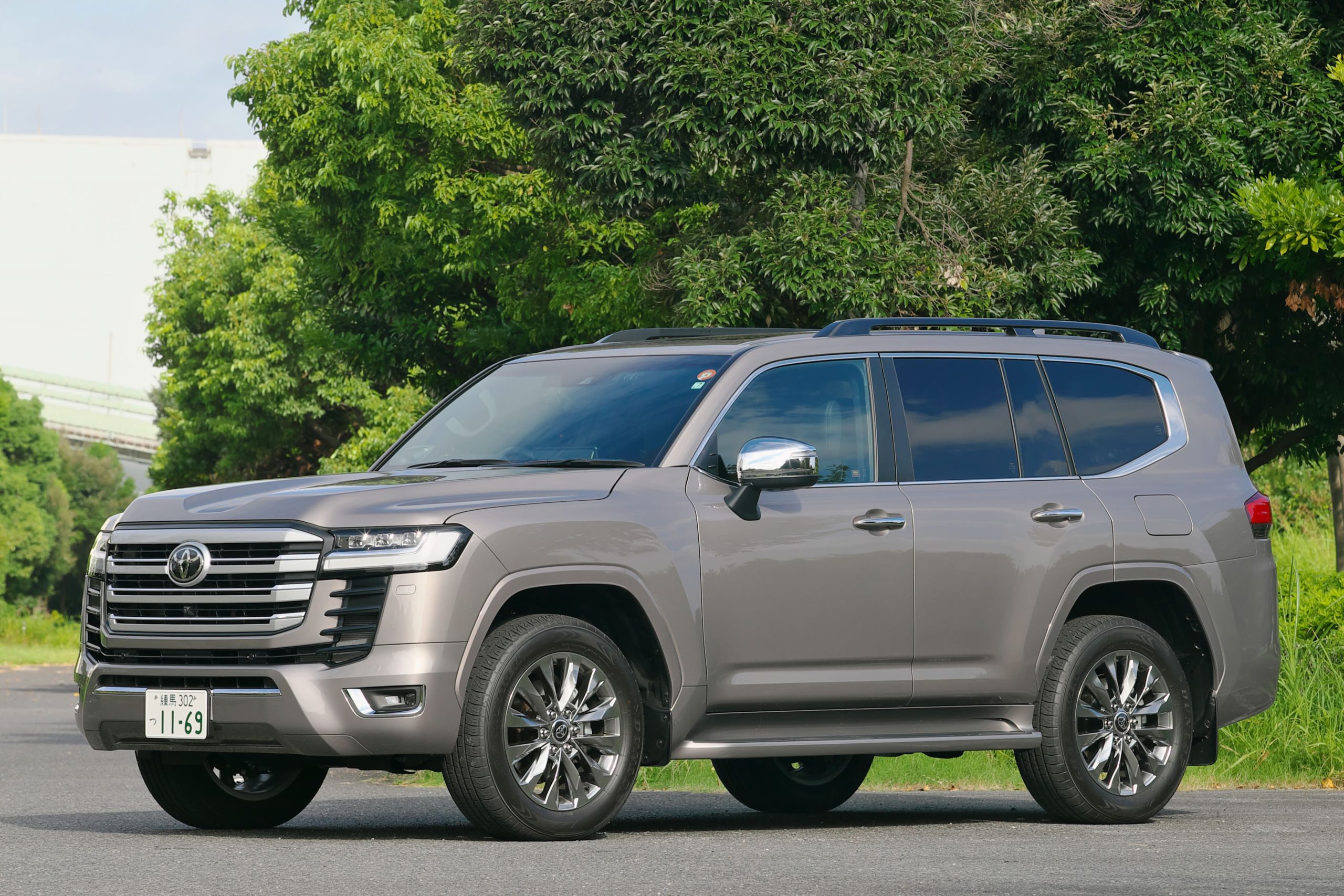
Land Cruiser’s characteristics include drivability, power, comfort and a roomy interior.
Since the Land Cruisers are so diverse, it can be difficult to find the same characteristics in each series; however, the one thing that is the same in all is the comfort level. Even when being driven off-road, the ride is as comfortable as being in a passenger car. Unlike passenger cars, the Land Cruiser does not flinch when confronted with rough roads.
In addition, small displacement engines might be sufficient for in-town driving, a large displacement motor delivers the power that is needed to travel long distances and make cruising enjoyable.
The large cabin offers legroom and headroom for several people to stretch out and enjoy the ride. Toyota has been accused of over-engineering the interior, but this characteristic has helped to make Land Cruisers successful.
Land Cruisers are built with a ladder frame structure.
Since the first generation, Toyota has built the Land Cruiser using a strong ladder frame structure. From the Toyota Jeep BJ, which was designed using a truck chassis, to the current 2021 300 Series, all Land Cruisers have used a ladder frame structure. Even after competitors started using their monocoque structure, which integrates the body and the chassis, Land Cruiser did not change.
Toyota feels that the ladder frame structure is tougher, which meets the needs of their buyers from around the world who do not hesitate to drive on bad roads through deserts, jungles or any other harsh conditions carrying heavy loads. In addition, the ladder frame is quieter.
Introduction of successive Land Cruiser models
We hope this brief history and characteristic overview helps you to understand the Land Cruiser because we want to introduce you to the other models that came from this vehicle’s history. At FLEX, most of the vehicles we sell have been produced within the last 30 years. Let’s start with the latest model and work our way backward to the older models.
Land Cruiser 300 (2021~)
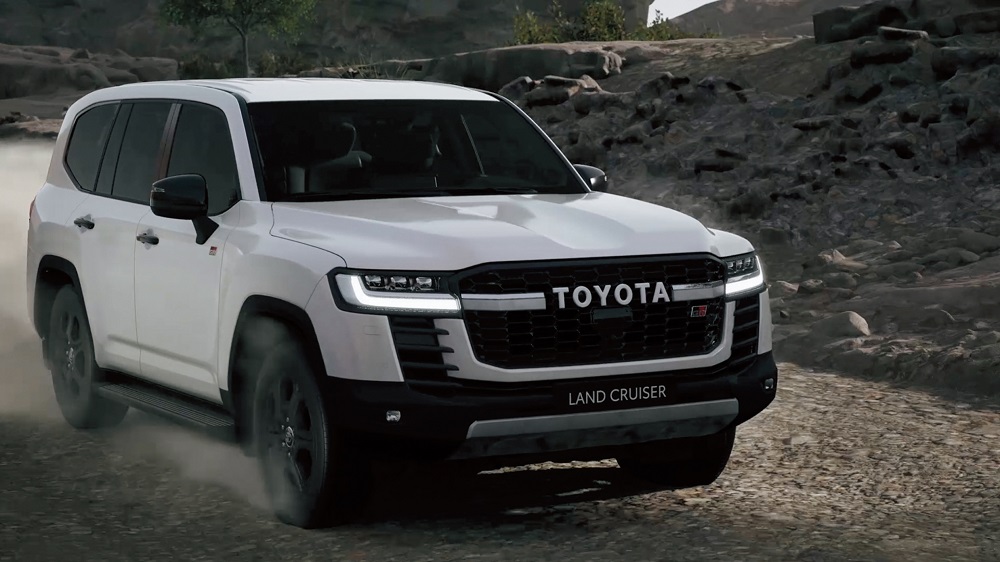
14 years after the Land Cruiser 200 Series went on sale, Toyota announced the Land Cruiser 300 in August of 2022. The gasoline engine was downsized to a V-type 6-cylinder 3.5-liter turbo, and the diesel engine adopted a V-type 6-cylinder 3.3-liter turbo. The V8 model has been discontinued.
Toyota kept the ladder frame structure, but they created the TNGA GA-F platform for the newest model. At the same time, by expanding the use of high-strength steel and aluminum, the weight has been reduced by441 pounds from the previous model. It is also worth noting that GR Sport is the highest trim level available.
Land Cruiser 200 (2007-2021)
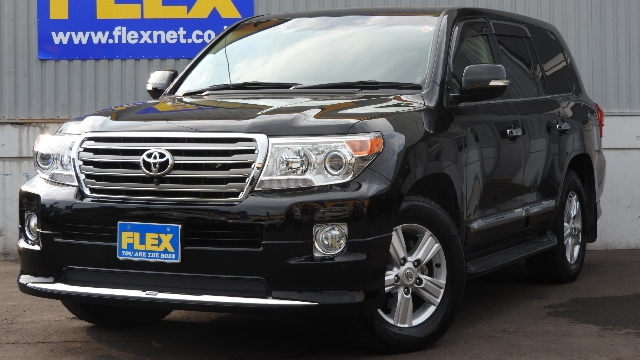
It took Toyota almost half a century to release the Land Cruiser 200 Series in 2007. They aimed to deliver unparalleled off-road performance and comfort, and the model seemed to be a compilation of all of the other Land Cruisers.
It was equipped with a larger cabin and powered by a sophisticated V8 engine for a much more comfortable driving experience than previous models. Since it was the 21st Century, the Land Cruiser was equipped with high-tech options like the Multi-Terrain Response and Crawl Control, which puts the Land Cruiser 200 Series at the forefront of the new age of cross-country driving.
In August 2021, the Land Cruiser 300 Series took up where the 200 Series left off. However, due to circumstances beyond Toyota’s control, the coronavirus and supply chain disruptions delayed the production of the new series with delivery time projected up to four years. As a result, the 200 Series has seen a new popularity surge. The 2015 late model Series 200 with its minor facelift and electrical upgrades seems to have a low inventory issue.
FJ Cruiser (2006-)

The FJ Cruiser is a derivative of the 40 Series, but with a more modern design. It was released in North America in 2006 as a full-fledged 4WD with advanced technology and equipment. It has its own fan base among owners that are different from other Land Cruiser users.
Land Cruiser 100 (1998-2007)

The Land Cruiser 100 series is the first Land Cruiser series to use a V8 engine and front independent suspension. It is from this series that we began to actively adopt electronic devices such as AHC & Skyhook TEMS. The power unit that defies the heavyweight body, the comfortable on-road driving, and the interior that further enhances luxury and comfort are at a level for today’s driver. It is also very popular as a base for customization, and a wide variety of aftermarket parts are also available. The number of used cars is also very abundant, so it is also recommended for first-time Land Cruisers.
Cygnus (1998-2007)
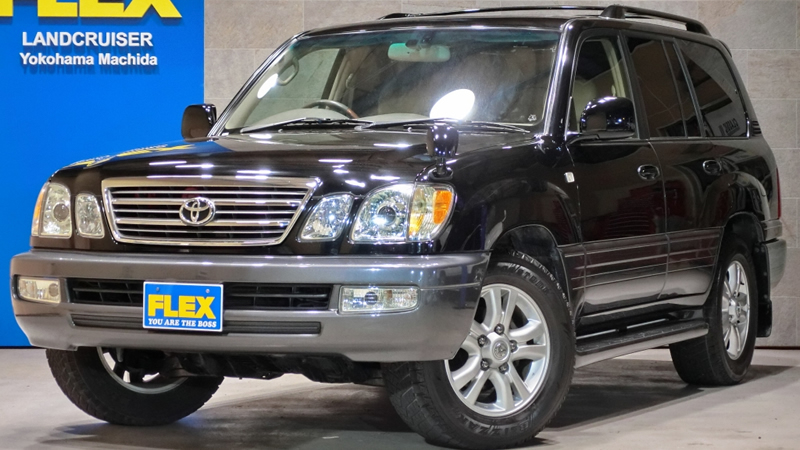
Based on the Land Cruiser 100, the Cygnus is a premium model with 4-lamp headlamps, a dedicated front grille, and a bumper. Its roots are the popular LX470 sold by Lexus in North America. The interior, which has been greatly upgraded from the 100 series, such as genuine leather seats with special skins and genuine wood grain panels, is attractive. Some equipment like the night view assist is exclusive to the Cygnus. Since it is a relatively young model in the Land Cruiser line-up, it is safe, but it is a shame that the used Cygnus numbers are lower than the Land Cruiser 100 and Land Cruiser 80.
Land Cruiser 80 (1989-1998)
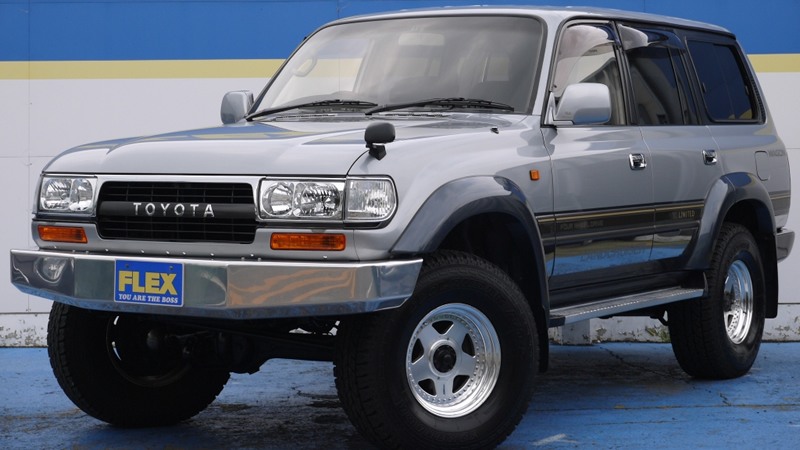
The Land Cruiser 80 series is an evolution of the Land Cruiser 60 series, which is a practical member of the Land Cruiser family. It started as a station wagon that the United States market found attractive for family travel.
The Land Cruiser 80 Series improved upon its practicality as a wagon and was equipped with a four-wheel coil rigid suspension that makes everyday driving comfortable. The 1990s 4WD boom was sparked by the popularity of this vehicle. It works as both a luxury vehicle and an adventurous off-road family SUV.
Land Cruiser Prado (1984-)

The Land Cruiser Prado (just known as the Land Cruiser in the United States) is derived from the Land Cruiser 70 and made its debut in 1984. It features a lightweight suspension and a compact body, and it is popular among the urban crowd. This model of Land Cruiser has been in production since 1984, and the current 150 Series hit the market in 2009. It is the fourth generation Land Cruiser, and there are four types: 70, 90, 120 and 150. It’s been seven years since the 150 arrived in the showrooms, and rumors have it that there is a fifth generation in the works.
Land Cruiser 70 (1984-)
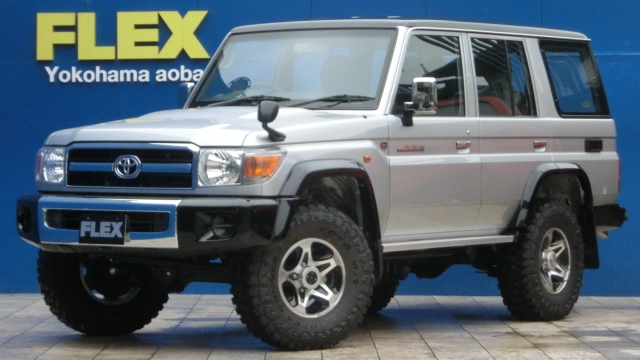
The Land Cruiser 70 Series (since 1984) is the most practical model of the current Land Cruiser, which is well suited to the word “simple and sturdy”, and is active as a workhorse that can withstand harsh conditions around the world. The Land Cruiser 70 has a very large production volume, and it is not difficult to obtain a used car.
Land Cruiser 60 (1980-1990)
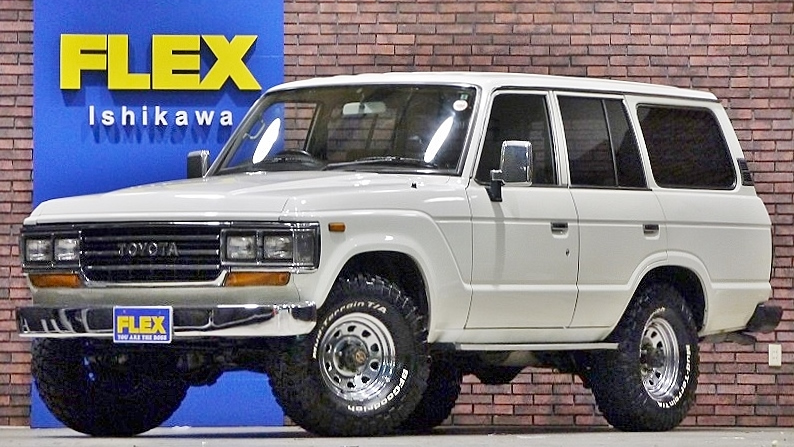
In the 1980s, when four-wheel drive vehicles began to spread to the general public, the Land Cruiser 60 series challenged a bold scale-up not only in Japan but also in the North American market. Evolved from the Land Cruiser 55 series, the Land Cruiser 60 series was given the usability of a station wagon and was highly supported by North American families.
The 60 Series was the first wagon to be released and over its 10-year life cycle, it was given a large number of variations. Since the Land Cruiser 60 series is a vehicle from the ’80s, it is relatively easy to obtain.
Land Cruiser 55 (1967-1980)
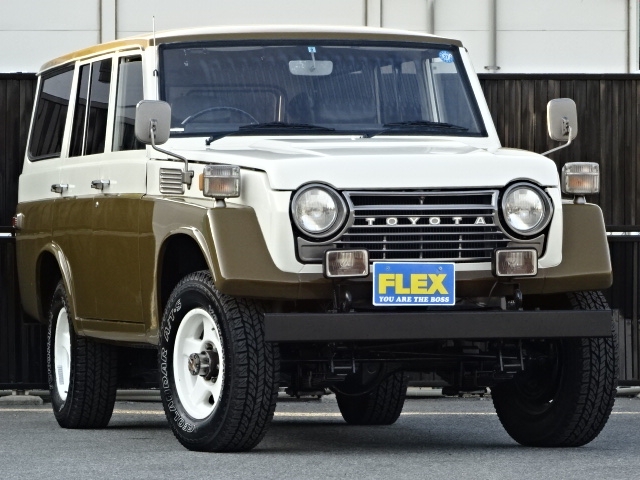
When it came time to replace the 40 Series long-wheelbase FJ45 with a new Land Cruiser model, Toyota delivered the passenger-friendly Land Cruiser 55. In North America, it was nicknamed “Moose” due to its – what many considered – cute looks. It was the first Land Cruiser model to take the RV route rather than stick with the view duty line. However, it was powered by almost the same engine as the 40 Series. It was equipped with the F-type and the 2F-type engines. The Land Cruiser 55 is hard to come by, so the used car inventory is very limited.
Land Cruiser 40 (1960-1984)

The Land Cruiser 40 series (1960-1984) was a series that was sold for 25 years and brought the concept of personal use to the domestic 4WD market even though these vehicles were styled for the military and heavy industry users.
The Land Cruiser 40 Series was a leading vehicle in the early days of Japanese-manufactured 4WD vehicles, and their popularity helped seal Toyota’s standing in the 4WD world.


